Remember how last week during the #FridayNightComics drawing session we were to detach shapes from meaning and tell a story by arbitrarily connecting new meaning to shapes and symbols? (If you missed that, you can catch up HERE).
That got me thinking about using simple shapes to stand in for more complex body forms. “Well, that should be quicker and simpler to draw,” I thought, before filling several pages with triangular and cubic versions of me.
I’m also trying to use various everyday activities as inspiration for daily comics. So, when I tackled yet another reorganization of my office (a LONG post is in the works), I decided to use triangular version of me in a scene from The Great Schleppathon.
I wasn’t too happy with the direction that was headed, so I tried again with a blobbier bod.
Frustrated with perspective (and weird body contortions), I decided to shift focus and concentrate on the stacks of papers and books that had to be moved before, during, and after the bookcase re-positioning.
Limbs. Hands. Ack. Triangles are definitely easier, but at this point I was so annoyed with my ongoing inability to draw anything resembling a hand that I did some remedial work…
By which time it was very, very late and I still had to clear a path through the exploded drawing formerly known as my office so I could make good my escape and go to bed.
Meanwhile, another Friday rolled around and yes, that meant another #FridayNightComics. Wouldn’t you know it, the presenter (Georgia Webber) had a bee in her bonnet about rectangles. Even though our eyes don’t see the world framed in rectangles, much of the content we consume (books, magazines, photographs, postcards, fliers, movie screens, phone screens, postage stamps, cereal boxes) is all bounded by that neat and tidy shape, the rectangle.
I’ve been seeing rectangles everywhere ever since!
During the class, we took notes:
… and considered how to break free of the tyranny of the rectangle, noted how orienting a blank canvas one way or another (horizontal, vertical) immediately creates a bias in terms of what might be drawn therein, and considered how we can control and manipulate the viewer’s experience of our work by becoming more conscious about how we make use of our rectangles.
Normally, I would orient a potential landscape (ocean, boat, iceberg) horizontally, but as Georgia ranted (and I kept drawing), I turned my sticky note on end and scribbled an ocean/iceberg/boat while keeping the mini canvas oriented vertically.
We talked about how new technology allows us to go into an image and zoom in and in and in (I love those mind-bending images where you see the artist zooming into a house through a window and into the reflection in the mirror and beyond into the eyeball which is really a planet containing a dandelion being held by a dragon… )
Don't know what I'm talking about? Here's an example by Jessie Martin...
My yellow sticky note (partially buried when I later integrated it into a collage) uses the outline of a rabbit that’s actually a window, through which you can see other things… Not nearly as clever as the Jessie Martin coolness, but my mind, at this point, was shooting off in all directions as I considered just how effectively I had stopped noticing the plethora of rectangles that frames so much of my world.
Unable to unsee what I had now seen, I threw all the rectangles I could find onto a big… rectangle… I wanted to include text, but didn’t want to use rectangular bits of paper, so the two words ‘RECTANGLE’ and ‘TYRANNY’ were written on bits of torn toilet paper that are fabulously fragile and non-conformist in shape, particularly when doused in liberal globs of Mod Podge.
I’ll leave this ramble through rectangles for now and add the additional drawings of what I learned about my self during The Great Schleppathon (which, if I’m honest, is still not completely finished more than a week later…) in a future post.
If you, or someone you know, might enjoy exploring the world through drawing comics, I can’t say enough good things about the SAW (Serial Artists Workshop) Community. Here’s the link - check them out! They have lots of free stuff to get you started and more in-depth programs if you find the world of comics/graphic memoir/graphic novels as utterly compelling as I do. (This week I read several excellent GNs - stay tuned - I’ll do a series of reviews in future newsletters).
Thanks for reading! Feel free to share, invite, comment, subscribe - all the things!
(P.S. if you have read this far waiting to learn about the thoughts of my dead parents alluded to in the sub-heading, sorry. I just realized I never did get around to making the point I set out to make… Which just means you’ll need to stay tuned and come back next time… or the time after that… whenever I get around to that part of the story… There are already several drawings, so it shouldn’t be too long before they show up here.)







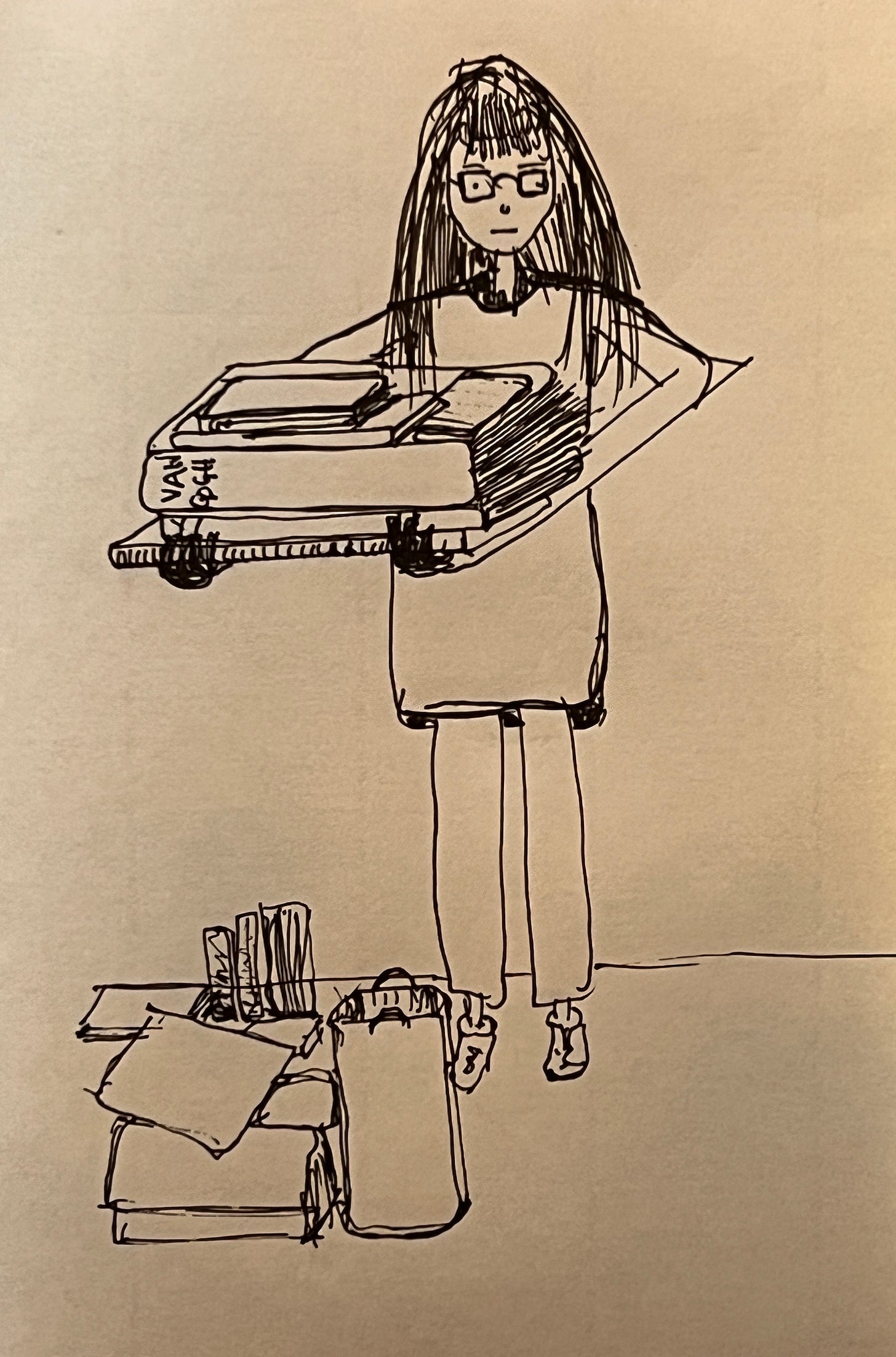


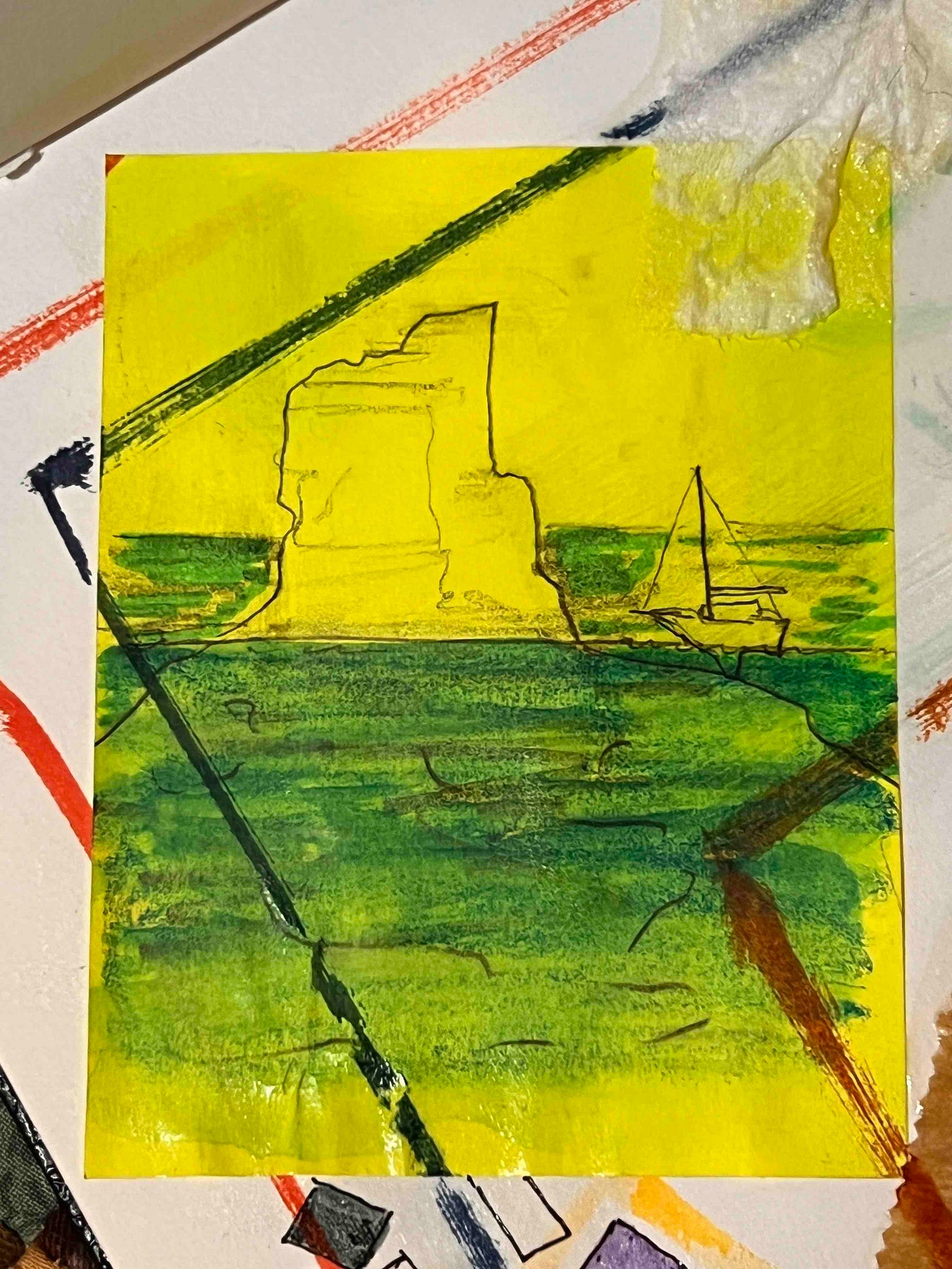
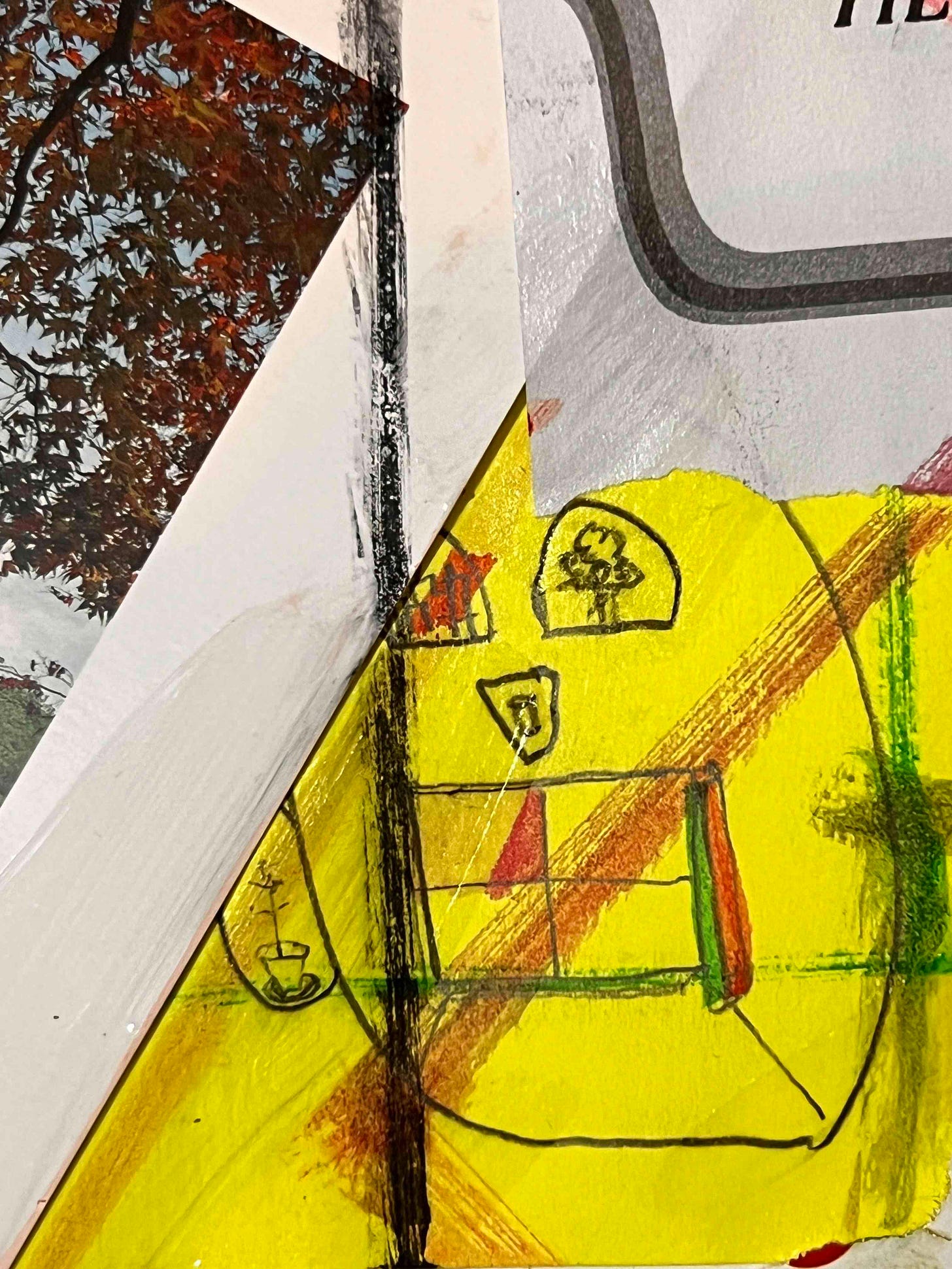

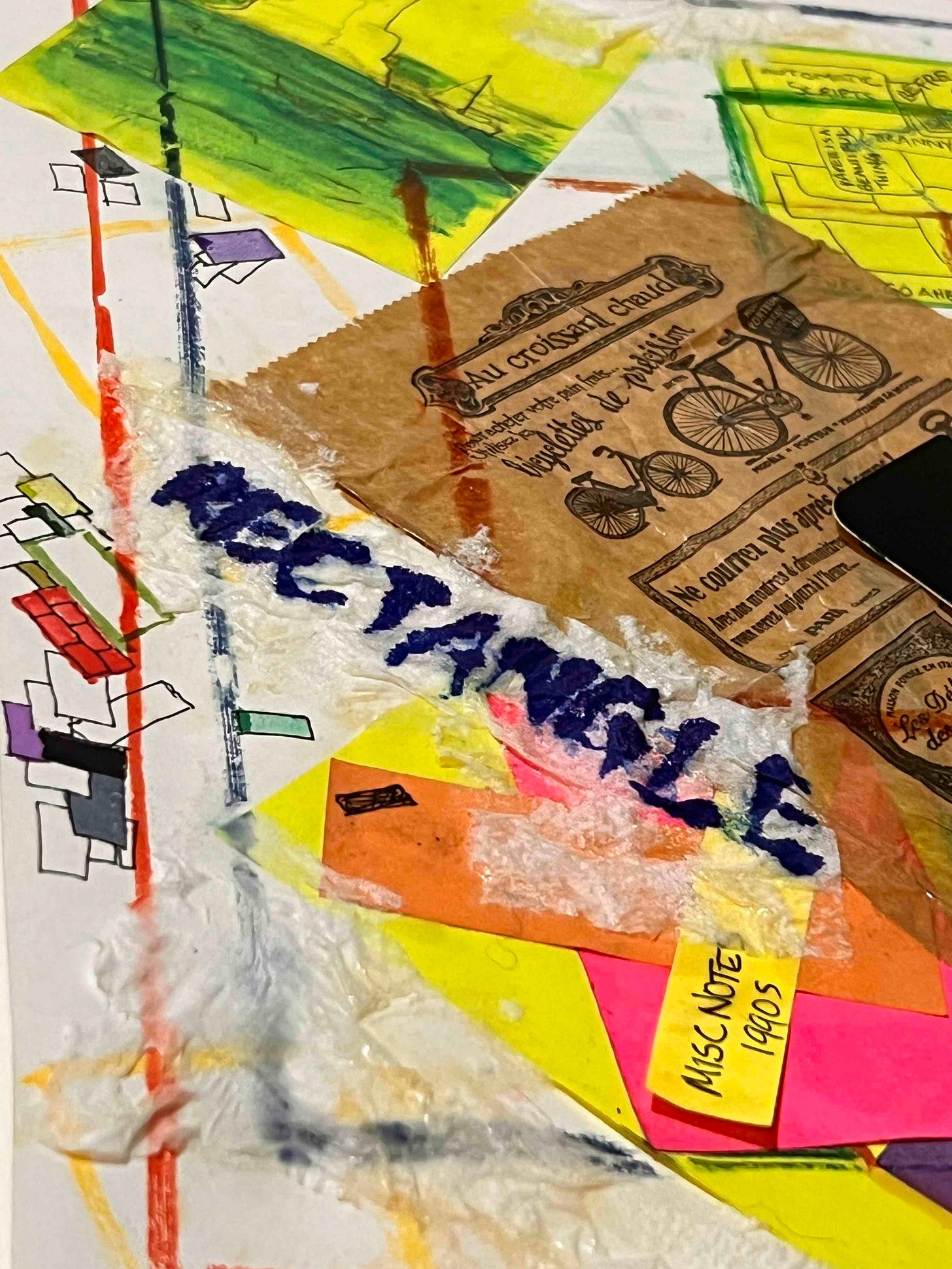

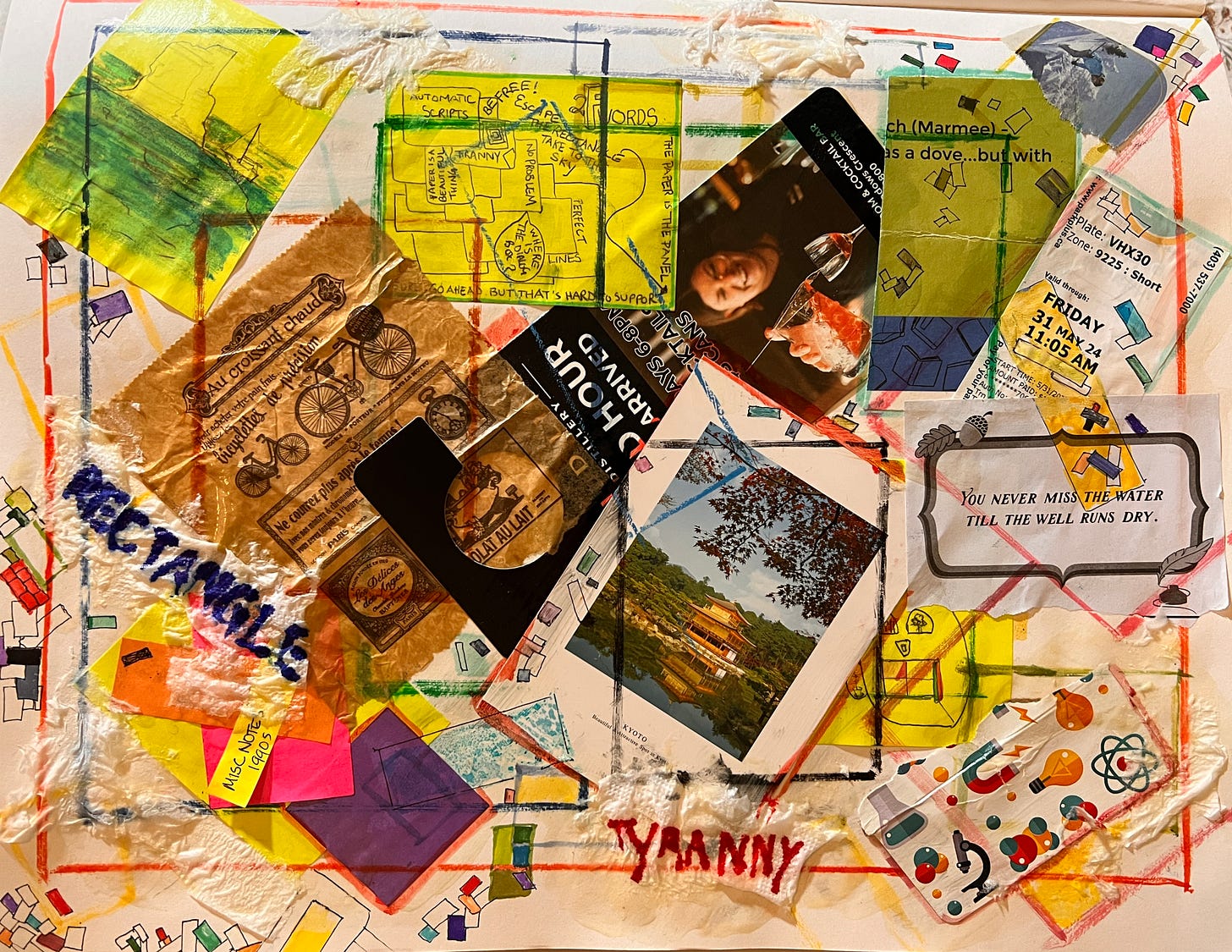

Intrigued by your GN enthusiasm, plus the reference to graphic memoirs. What are your top five GM's? Or even just five you think I should read? I ask as a new enthusiast for the format, having written and illustrated a graphic memoir, and hearing enthusiastic words from a dozen agents who weren't sure they could sell it. I feel like I'm plowing a field that doesn't exist.